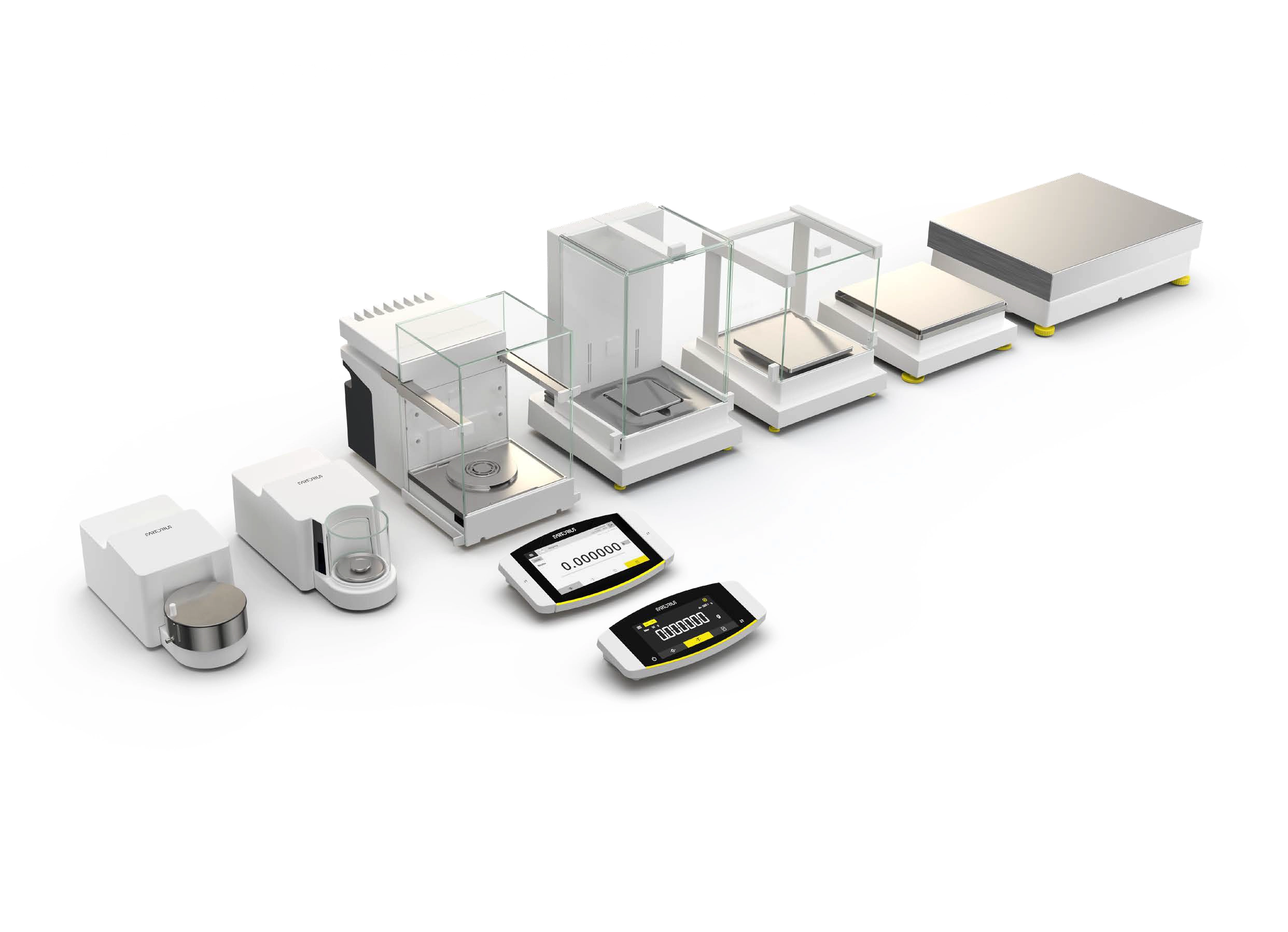Mastering the Challenges of Lab Weighing

Overcoming common problems with smart solutions
Weighing small sample amounts directly into large tare vessels can prove difficult, particularly when maintaining compliance with USP and PhEur standards.
Airflow from HVAC systems or nearby instruments can affect balance stability.
Static charge can skew results, especially with certain chemicals or containers.
Improper leveling due to cluttered or imperfect lab benches can affect reproducibility.
Inconsistent cleaning practices among users can lead to contamination and inaccuracies.
Tradition balances lack flexibility for diverse workflows.
Meeting compliance standards like 21 CFR Part 11 can be difficult with basic balances.

DOWNLOAD THIS INFOGRAPHIC

Become a member and enjoy exclusive benefits
Create an account now for exclusive benefits, personalized recommendations, and seamless order tracking. Elevate your lab experience today!